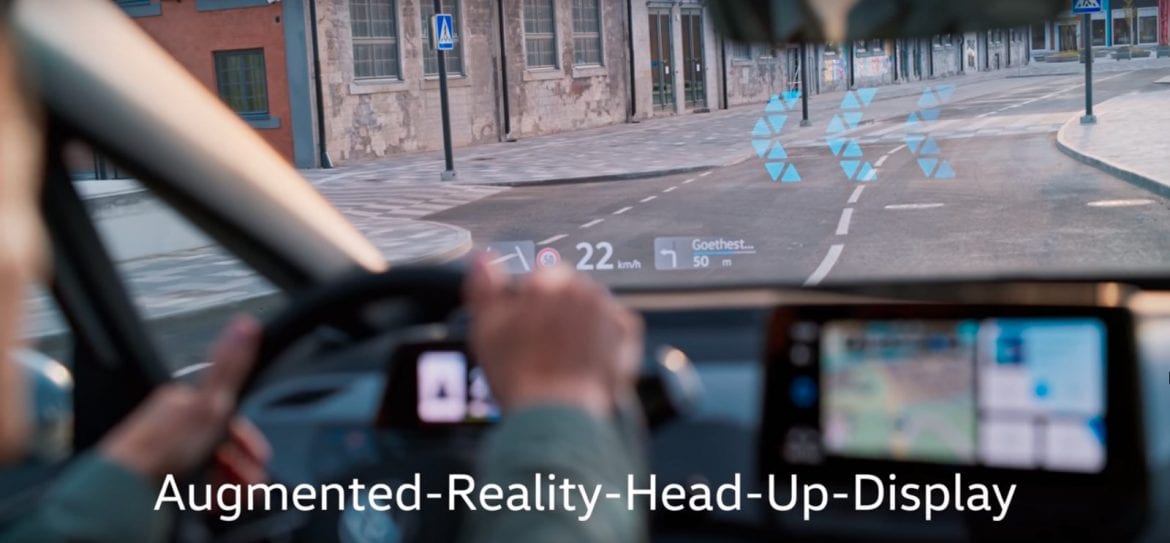Volkswagen’s first fully electric car, the ID.3 is still looking to be on schedule for its Summer 2020 launch, despite some software problems that have been plaguing the production of the electric car.
VW is shipping the ID.3 with a few tricks up its sleeve and has released a few videos last week detailing some of the features that accompany the car.
Volkswagen design language for the ID.3 follows the “light is the chrome of future” mantra and it shows, the ID.3 is covered in lights, inside and out. Although they are not only there to look pretty, VW wanted to extract some use from the multitude of LEDs littering the electric car.
The most gimmicky, but cute feature is that ID.3’s headlights will “greet” you when you approach the car. VW describes them as:
In the ID.3, the once static headlights make way for interactive matrix LED headlights with a light output of 750 lumen and Dynamic Light Assist mainbeam control: a camera on the windscreen analyses road users ahead as well as oncoming traffic. On the basis of this data, the main beam automatically switches on at speeds over 60 km/h and remains active without dazzling oncoming traffic. This noticeably improves the illumination of the road surface and the side of the road at dawn and at night. A further highlight of the matrix LED headlights is when drivers approach a parked ID.3 1ST, its headlights will briefly look at them and “flutter the eyelids” –friendly and with a human touch.
Additionally, the inside has its own set of lights that have a myriad of uses according to VW.
An LED strip that runs across the cockpit assists the driver by changing colour according to the current function. Once they have settled into the driver seat, ID. Light signals to the driver that the vehicle’s drive system is active and that the car has been unlocked or locked. It accentuates information issued by the driver assist and navigation systems and signals braking prompts and incoming phone calls. In conjunction with the navigation system, ID. Light reduces the stress of driving in traffic. By blinking, it recommends changing lane and can also warn the driver if their ID.3 is in the wrong lane.
Volkswagen also gave a quick overview of the interior which overall I feel is very attractive. However, one major gripe I have with it is that every button that is not the hazard lights, or window switches are capacitive – a fact that VW is proud of. I feel like complaints about lack of response from car touchscreens is pretty commonplace that the thought of having every single button on your steering wheel be non-tactile should not have even been a consideration, but yet here we are. We will have to wait for the car to actually get in owners’ hands to see how well the buttons function, but I do not have the highest hopes.
Now the most interesting of the three videos posted was regarding the heads up display.
This has to be the most impressive heads-up display that I have seen, to the point where I was very skeptical that the arrows being placed on the road weren’t specifically for illustrative purposes. However, Volkswagen did write:
An optional augmented reality (AR) head-up display also projects all relevant information directly onto the windscreen this information is visually positioned within a range of three to ten metres ahead of the vehicle.
The all-important disclaimer that the vehicle shown is a near-production model is present to cover any missed promises in the video, so I will remain skeptical that the HUD will remain that advanced. However, if the ID.3 does come with something the resembles what’s shown in the advertisement, I will tip my hat to you, Volkswagen.
What do you guys think are the odds that the Heads-up display will actually function that well in the production model?
